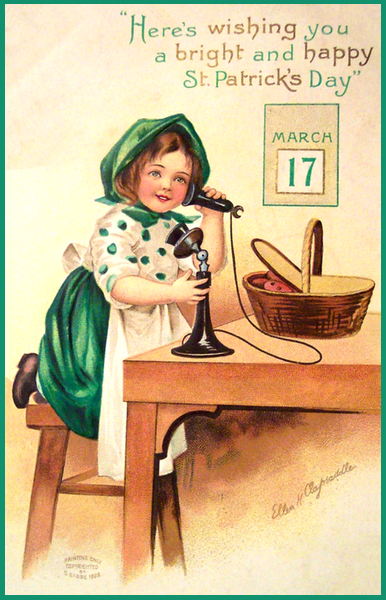Saint Patrick’s Day, celebrated on March 17th, is a cultural and religious holiday commemorating Saint Patrick, the patron saint of Ireland. While it originated in Ireland as a Roman Catholic feast day, it has evolved into a global celebration of Irish culture.
Historical Significance:
- Saint Patrick: Saint Patrick is credited with bringing Christianity to Ireland during the 5th century. The day of his death, March 17th, has been commemorated as St. Patrick’s Day.
- Religious Observance: Traditionally, it’s a religious day for the Irish, with Catholic churches holding special services in honor of Saint Patrick.
Cultural Celebrations:
- Parades: Large parades are held in cities worldwide, featuring Irish music, dancing, and cultural symbols. The largest of these parades are in Dublin, New York City, Boston, and Chicago.
- Wearing Green: Green, a color associated with Ireland, is widely worn. People also adorn themselves with shamrocks, which Saint Patrick used to explain the Holy Trinity.
- Festivities: The day is marked by Irish-themed parties, music, and traditional Irish food and drink, including dishes like corned beef and cabbage, and of course, Irish beer and whiskey.
Modern Observances:
- Global Celebration: St. Patrick’s Day is celebrated by people of all backgrounds in many parts of the world, especially in places with large Irish immigrant populations.
- Public Holiday in Ireland: In Ireland, it’s a public holiday with a focus on cultural events and family activities.
Despite its religious origins, St. Patrick’s Day has become a day to celebrate Irish heritage and culture worldwide, characterized by festive gatherings, parades, and wearing of green.







